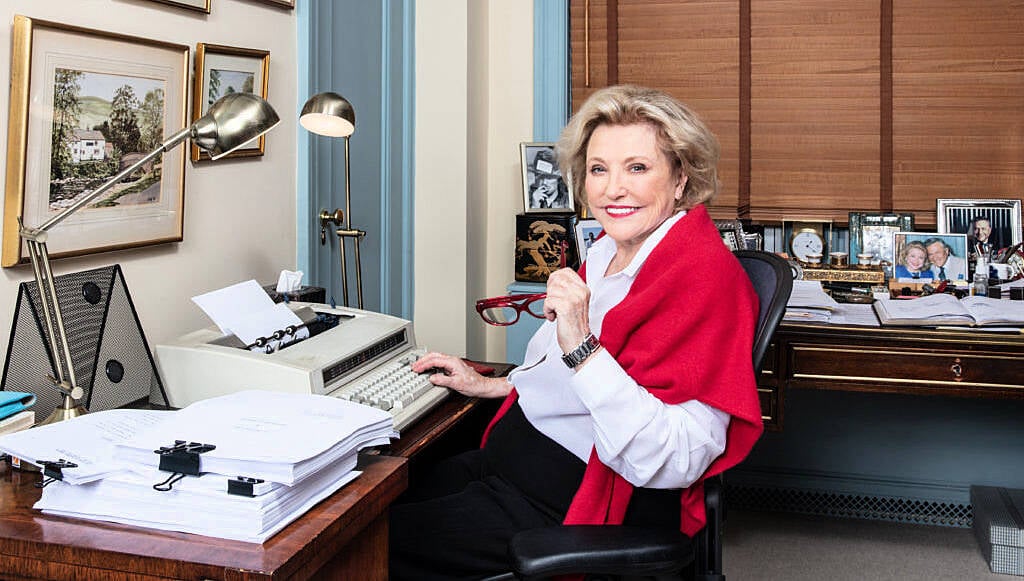When I was 9 years old, my mother went to the public library in Toronto to rent a VHS cassette of the Oscar-winning Henry James adaptation The Heiress —only the clamshell case that she brought back to our house contained a copy of The Terminator instead . The next morning over breakfast, she told me and my younger brother that she had watched this great movie about a killer robot from the future, and, after some perfunctory family meetings about guns and violence—and whether or not to fast-forward through the sex scene— The Terminator quickly found its way into heavy rotation on our family VCR. Sometimes, we’d stop to wonder about the other people in this story—the ones who were looking forward to seeing Arnold Schwarzenegger murder some unlucky punk outside the Griffith Observatory only to get Olivia de Havilland and Montgomery Clift in a tremulous and tragic fable of social climbing and doomed romance.
To quote Cameron’s film, a person can go crazy thinking about all this. I myself think about The Terminator a lot—more and more the older I get, and not just out of nostalgia and the memory of video stores past. There is a solid case to be made that James Cameron’s low-budget, high-concept breakthrough—which turns 40 years old this month—is the most accomplished and influential mainstream American exploitation movie ever made, an ingeniously conceived fusion of ’60s Cold War paranoia, ’70s slasher-flick tropes, and ’80s future-shock aesthetics, shot,.


















